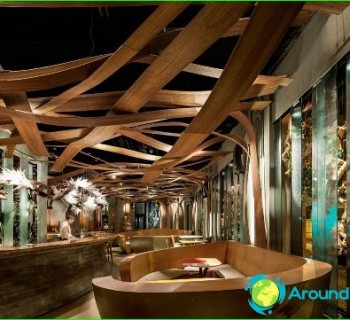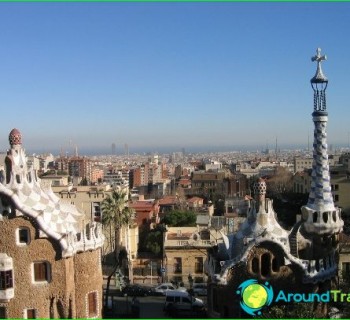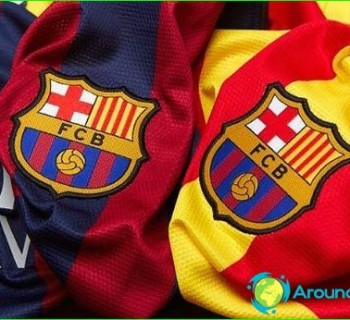History of Barcelona
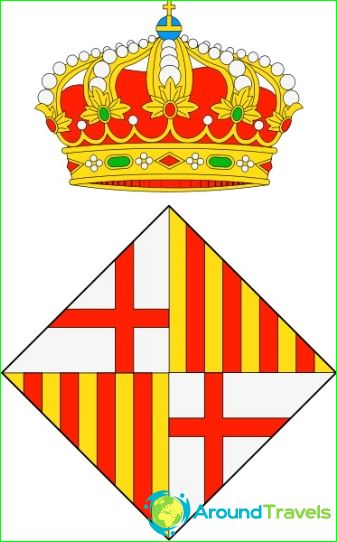
One of the most beautiful cities in Europe, Barcelona, is located in the northeast of the Iberian Peninsula, on the Mediterranean coast, surrounded by picturesque mountains. It is the heart of Spanish Catalonia and an important industrial, commercial and cultural center. The city of the famous Gaudi ...
The first written sources about Barcelona date from the 3rd century BC, although it is likely that a settlement existed here much earlier. There are two versions about the founding of the city, and both of them are associated with the Carthaginian Hamilcar Barca, the father of Hannibal. The first legend says that the city was first founded by the legendary hero of ancient Greek myths Hercules, and Hamilcar Barca only rebuilt it in the 3rd century BC. In the second version, it was Hamilcar Barka who became the founder of the city, naming it after his family - Barcino.
In the 2nd century BC. the city was conquered by the Romans. Largely due to its convenient location and excellent natural harbor, ancient Barcelona, which did not initially have much importance and influence, soon became a very prosperous city with its own minting of coins, and later one of the most important trade centers of the Mediterranean, competing on equal terms with Genoa and Venice..
At the beginning of the 5th century, Barcelona was conquered by the Visigoths and for some time became the seat of King Ataulf. At the beginning of the 8th century, Barcelona came under the control of the Moors, and already in 801 it was conquered by the Frankish Carolingians, becoming the capital of the Spanish mark and the county of the same name. The county of Barcelona was able to free itself from the domination of the Carolingians only in 988. Since that time, in fact, Catalonia officially leads its history, the political and economic center of which was Barcelona. In the XII century, Catalonia became part of one of the most powerful maritime and trading powers of the Middle Ages - the Kingdom of Aragon..
The marriage of Ferdinand II of Aragon and Queen Isabella of Castile in the second half of the 15th century marked the beginning of the unification of the Spanish lands. The political center moved to Madrid, and Barcelona lost its influence and gradually fell into decay, which was greatly facilitated by the subsequent numerous wars..
A new era for Barcelona began with the start of the industrial revolution in the 19th century. The city grew and developed rapidly. Many new enterprises appeared, and very soon Barcelona became a major center for the textile industry and mechanical engineering. Towards the end of the 19th and the beginning of the 20th century, the cultural revival of Barcelona was marked. This period is also of exceptional importance for the architecture of Barcelona. The unique masterpieces of the famous architect Antoni Gaudi, so harmoniously combining the seemingly most incredible shapes and colors, have become the hallmark of the Catalan capital and the pride of local residents.
Today Barcelona is one of the most popular tourist cities in Europe. Among the many attractions of the city, which perfectly illustrate the development of the history and culture of Barcelona, it is worth noting the Gothic Quarter, Montjuic, the National Art Museum of Catalonia, the Picasso Museum, the Temple of the Sacred Heart, Gaudí's creations - the Sagrada Familia, Park Guell, Casa Mila, Casa Batlló and Casa Calvet , Palace Guell, etc..
Pictures of Barcelona
Coat of arms of Barcelona
Barcelona Cathedral in the Gothic Quarter
Cathedral of the Sagrada Familia. Passion Portal
Rambla street
Park Guell
Casa Mila
Casa Batllo
National Art Museum of Catalonia
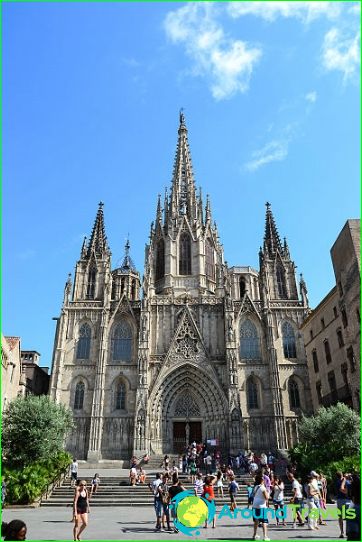 Barcelona Cathedral in the Gothic Quarter
Barcelona Cathedral in the Gothic Quarter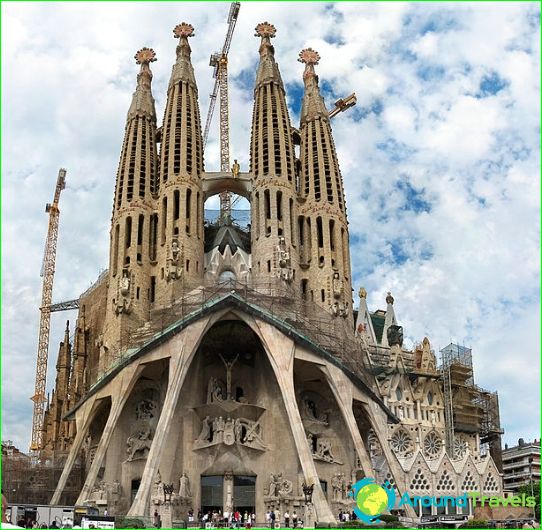 Cathedral of the Sagrada Familia. Passion Portal
Cathedral of the Sagrada Familia. Passion Portal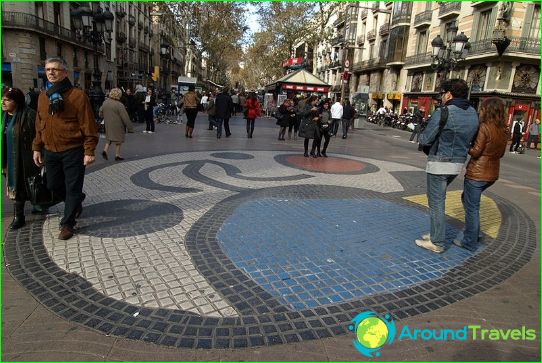 Rambla street
Rambla street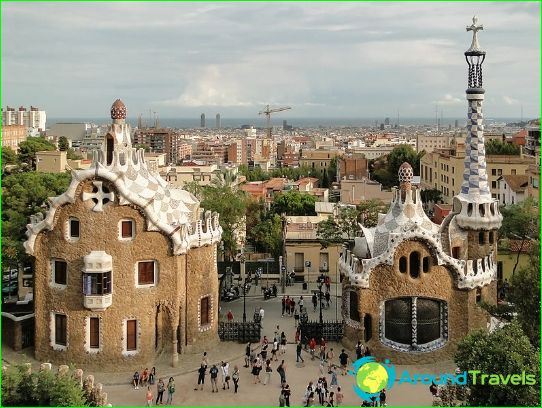 Park Guell
Park Guell Casa Mila
Casa Mila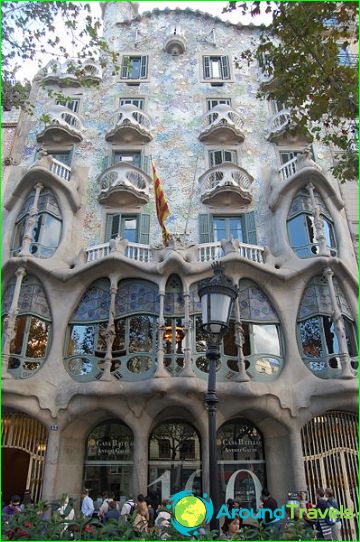 Casa Batllo
Casa Batllo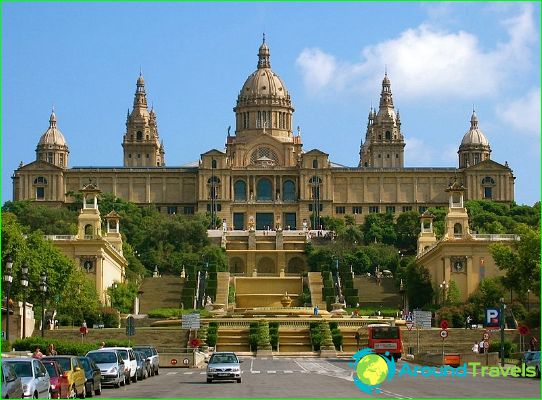 National Art Museum of Catalonia
National Art Museum of Catalonia